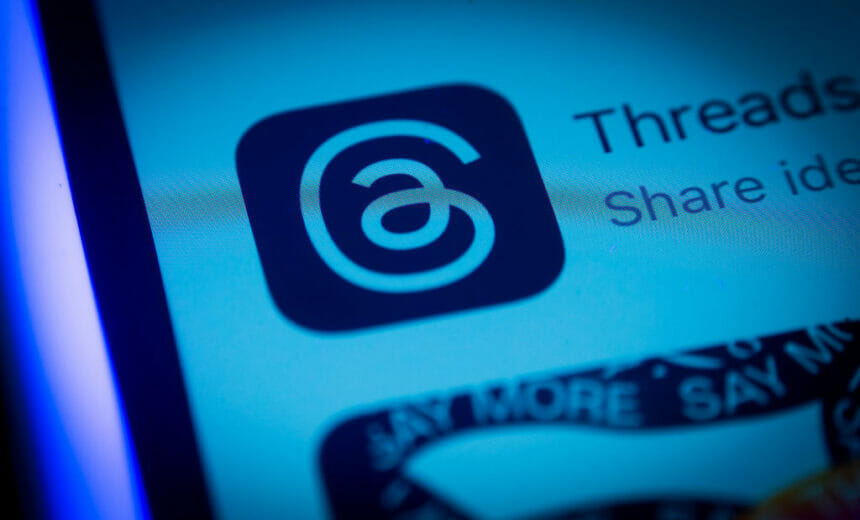Threads, Meta’s rival to Twitter, has been around for just over a week but seems prepared to stay for a while.
With more than 100 million sign ups since its launch, Threads has already overtaken ChatGPT as the fastest-growing online platform.
The launch has generated interest in how the social media landscape will change and intensified the ongoing war of words and legal threats between Meta CEO Mark Zuckerberg and Twitter owner Elon Musk, best punctuated by the calls for a cage fight between the two.
Additionally, TechCrunch first reported earlier this week that Twitter has responded to a significant drop in user traffic by selectively blocking links to Threads in Twitter’s search results, similar to how the company approached the launch of Substack Notes.
Though Threads has resulted in headlines, think pieces and memes aplenty, marketers around the world are asking what the new app means for their purposes.
Currently, advertising is off-limits on the text-based platform but that is likely to change in the coming months, which means marketers will need to be ready to spring into action.
Campaign, a sibling publication to MM+M,reached out to advertising execs for their thoughts and there was a general agreement that while Threads isn’t Twitter, yet, it has the resources and momentum to do serious damage to Twitter’s market position like no other platform has before.
To that end, Real Chemistry social media practice leader Eileen O’Brien said the 2023 MM+M Agency 100 honoree has been advising clients to join Threads but take a “wait-and-see approach” when it comes to investing additional resources or content into the app. She compared the first week of this app to the early days of Twitter in 2009 and 2010, when users and brands were simply posting and seeing what the hype was all about.
O’Brien, no relation to the author, said that as Meta continues to improve the functionality of Threads and expand the features that made Twitter so popular in the first place, including its searchability, news promotion and bookmarks, healthcare professionals (HCP) will likely pivot to the new site.
As HCPs go, so will medical marketers and the brands they represent, she added.
“I’m seeing a lot of HCPs on Threads. I also understand that it’s hard to find people on Threads and those conversations [between HCPs] are happening but it’s going to take some time to improve functionality,” she said. “However, like Twitter, which isn’t user-friendly or intuitive, once you figure out how to do it, you can easily use Threads.”
Though there isn’t any immediate advertising opportunity on Threads, O’Brien said marketers should be doing their due diligence by familiarizing themselves with the app and experimenting with its capabilities.
Several notable pharma and biotech companies already have joined the social media app, including Boehringer Ingelheim, Moderna and Bayer, though O’Brien noted that Amgen has been actively posting since it joined.
Post by @amgenbiotechView on Threads
A host of unknowns remain in terms of what Threads will turn into, which means marketers have to expect anything.
O’Brien said that there is always the risk that the medical misinformation that has proliferated on Twitter finds its way to Threads, especially given Meta’s questionable history monitoring such posts on Facebook.
However, she added that given the new platform’s quick rise to prominence, HCPs and biopharma brands are uniquely positioned to push back on misinformation with medically-validated, scientific information.
In a public game of patience, O’Brien said brands are advised to pay attention to the “shiny object” but also coordinate with their legal and regulatory teams to devise a strategy when the time calls for it.
“I am hopeful for Threads and all marketers as well as comms peoples should try their hand at it,” she said.







